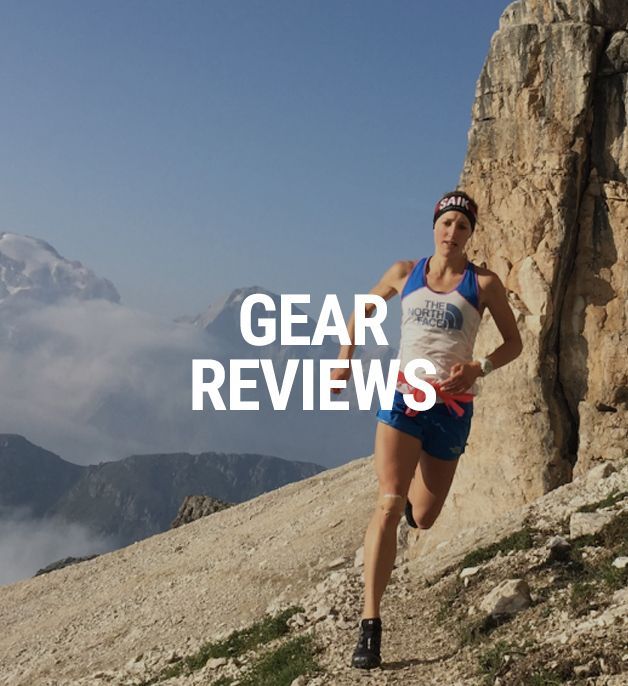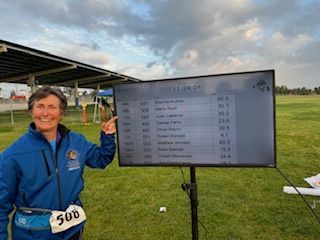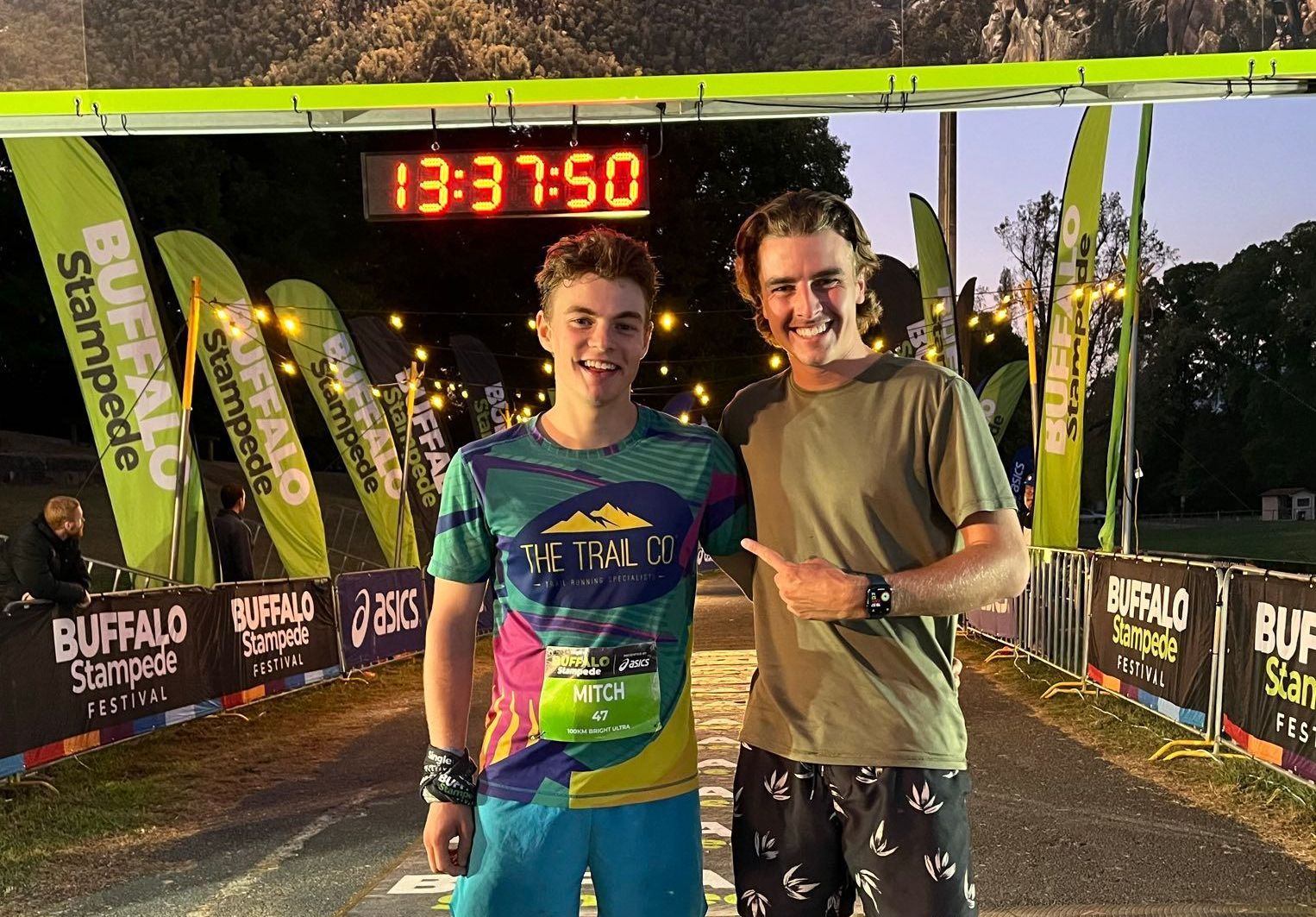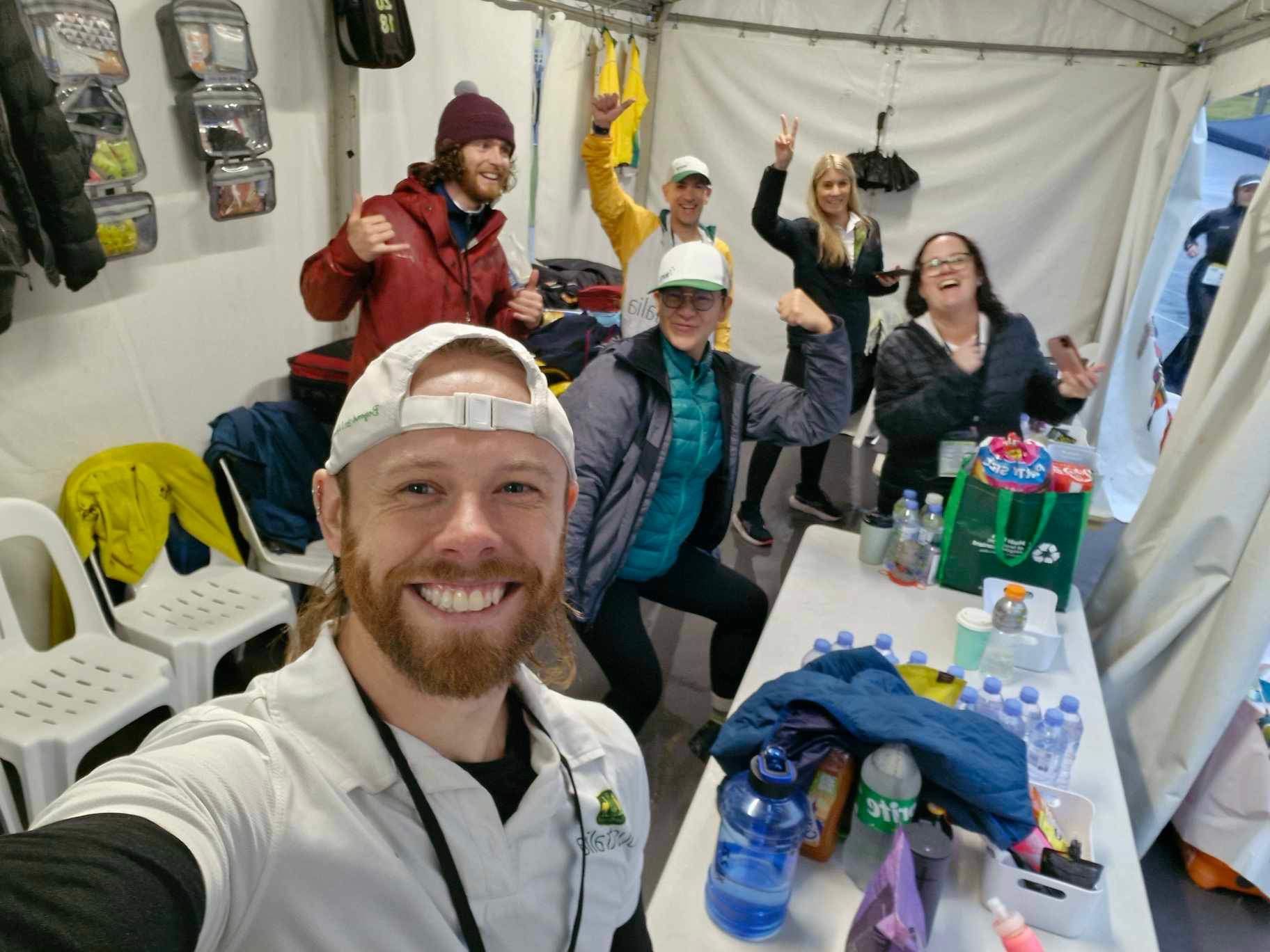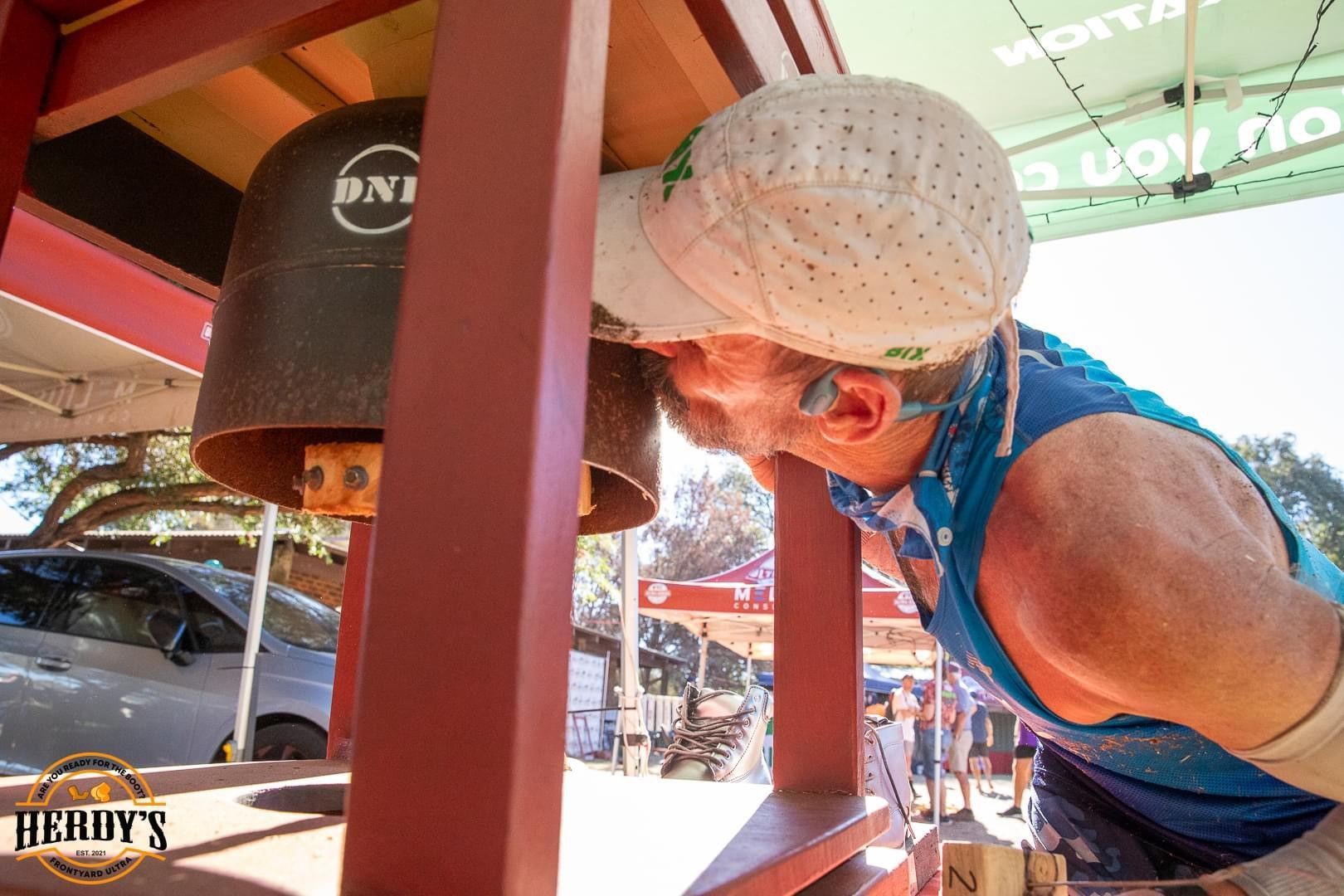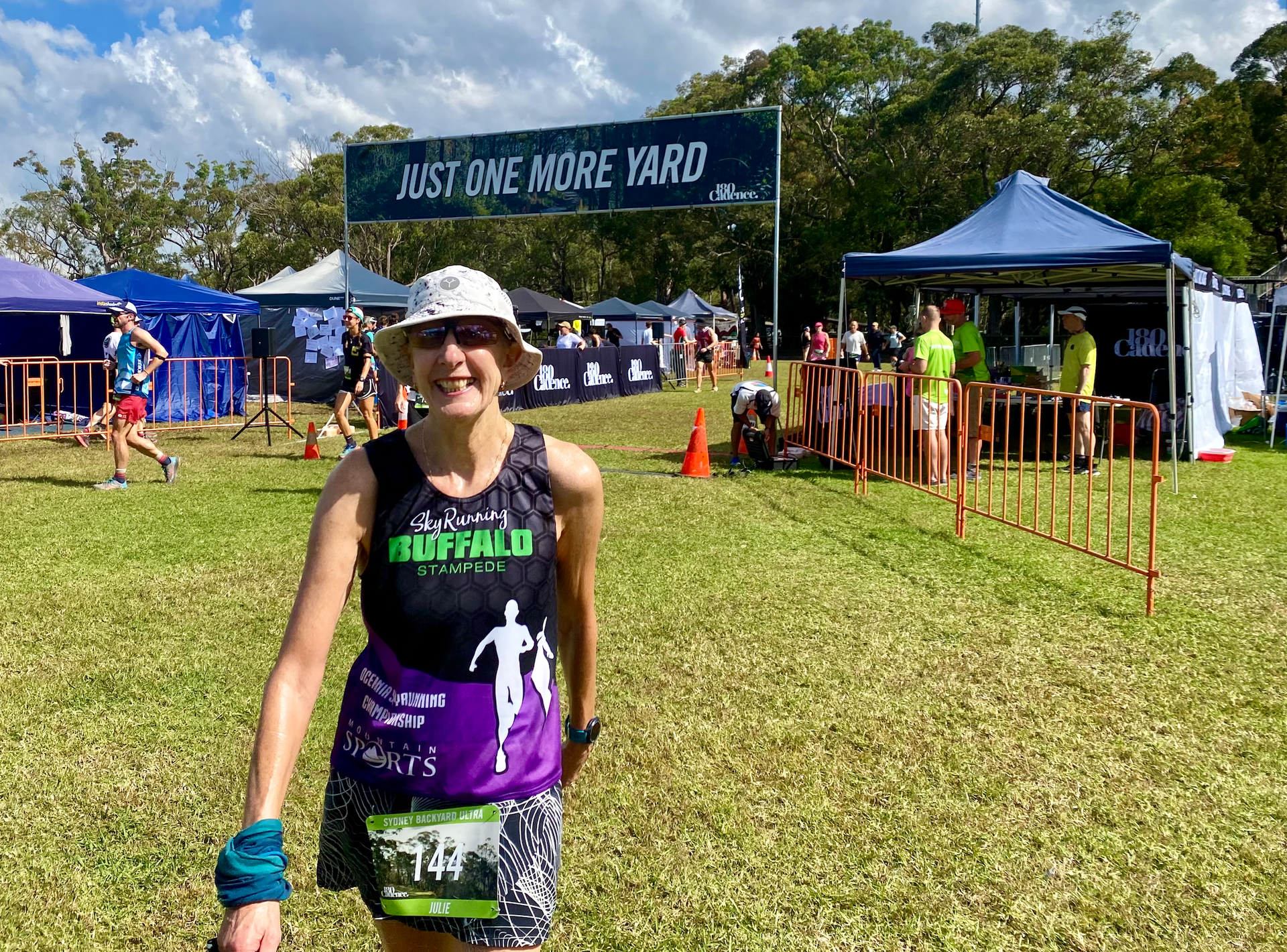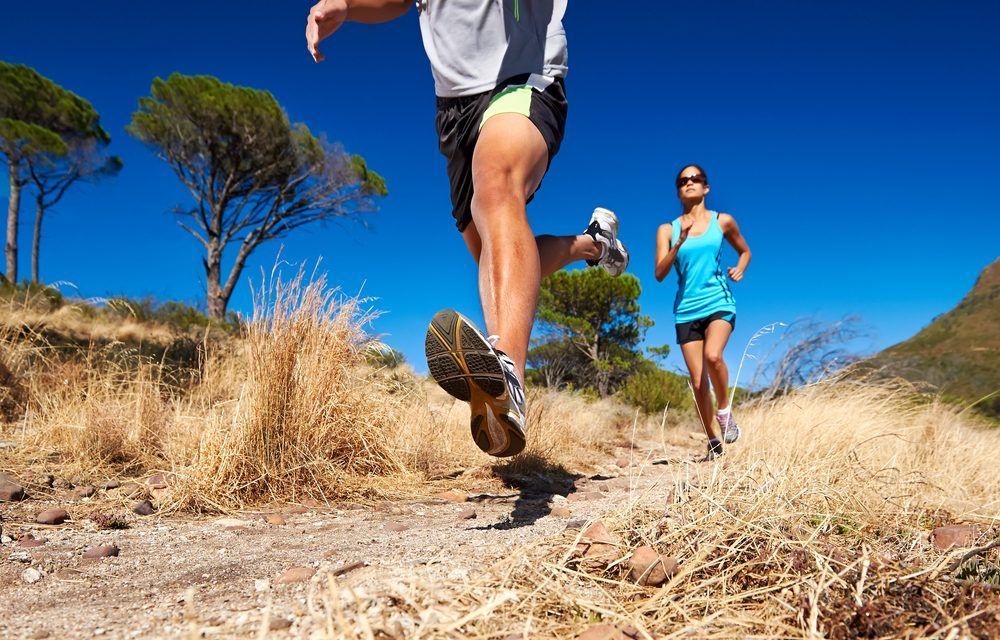
THE PROFILE OF ULTRA RUNNERS UNDER THE AGE 19 YEARS
Contributed by Elizabeth Bennett
Over recent years it has been observed that the number of young runners – i.e., <19yrs – participating in ultra running events has increased. This observation has more often than not been accompanied by a questioning of whether or not it is a good thing for these youngsters to be running ultra marathons in terms of the negative impact such arduous endurance exercise may have on their immature skeletal and organ systems, and/or general health. Due to a lack of ultra running specific research, the jury is still out on that but there’s some pretty solid evidence from other sports to suggest that too much physical activity too early is not health promoting for young people, and that these negative health impacts may be further compounded by overdone young athletes turning away from physical activity altogether later in life as a consequence of long term physical and psychological exhaustion, boredom or injury. Notwithstanding this, it’s a fact that more young runners are turning up to ultra running events, and it has only been in the last few months that research has been undertaken providing a profile of this relatively new, but increasing, cohort of new ultra runners.
Scheer et al (March 2020) recently analysed runner participation data of every time limited ultra marathon event (i.e., 6hr, 8hr, 12hr, 24hr, 48hr, 72hr, 6 day and 8 day) recorded on the Deutsche Ultramarathon Vereinigung (DUV) website between 1990 and 2018. DUV is the largest ultra running database in the world and contains the results of more than 5.8 million race performances by over 1.4 million runners across approximately 60,000 ultra marathon events.
Scheer et al then extracted the data for <19 yrs olds who participated in 6hr, 12hr and 24hr races during the 1990-2018 period.
| Race Duration | No. of <19yr old participants |
|---|---|
| 6 hour | 214 |
| 12 hour | 247 |
| 24 hour | 805 |
Scheer et al went on to categorise the <19yr old participants into the following age groups: 10-13yrs, 14-15yrs, 16-17yrs and 18yrs, and found that the percentage of the youngest cohort (10-13yrs) was relatively high. In fact, in the 24 hour races, the majority of <19yr olds were in the 10-13yr old age bracket (n=376, 46.7%). In contrast, the majority who competed in the 12 hour events were in the 16-17yr old age bracket (n=83, 33.6%), and the majority who competed in the 6 hour events were in the 18yr old age group (n=81, 37.9%).
Other interesting findings included:
- In the 6hr and 24hr events, most of the <19yr old participants came from Europe (68.2% and 54.8% respectively), whereas in the 12hr events, the majority were from North America (52.6%).
- Due to small sample sizes, Australia’s <19yr old participants were grouped with Africa, Asia, Central-South America, Oceania to constitute the “other” group. For this reason it is not possible to get a snapshot of Australia’s <19yr old participation from this study but that could be ascertained by going back to the individual data in DUV and painstakingly reviewing the data for each event.
- The only event type in which boys were significantly faster than girls was in the 12hr events.
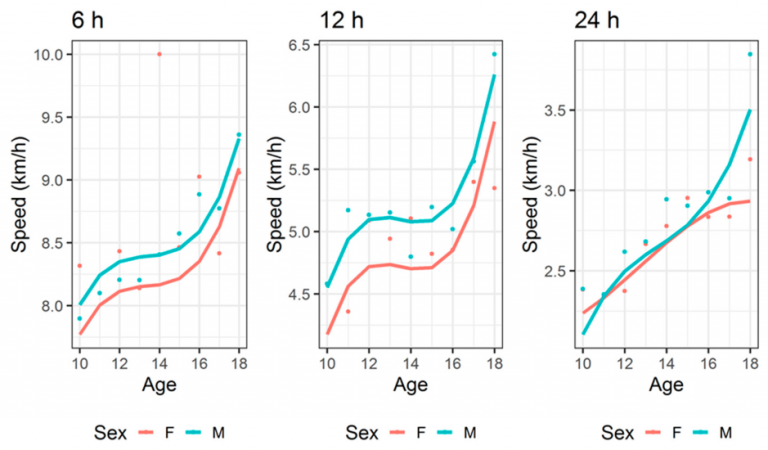
(Scheer et al, 2020)
- Younger girls – i.e., <15yrs – were faster than boys in the 6hr events.
- Across all events, the speed of both girls and boys predictably increased with age. However, also predictably, their race times were a long way off the peak performance times of adult ultra runners whose performances have been shown to peak ~35+ yrs.
This study had several limitations particularly with respect to sample sizes and the grouping of events by duration type without any accounting for differences in environmental conditions and/or terrain. Notwithstanding this, it still tells us more about our <19yr old ultra runners than we knew before. It also provides a basis for further research and performance comparisons of the <19yr old cohort as we go into the future. However, looping back to the start, given the increasing numbers of <19yr old ultra marathoners, a more pressing research priority needs to be on the physical and psychological health impacts of arduous endurance exercise on young bodies and minds.
Reference: Scheer et al. Participation and Performance Analysis in Children and Adolescents Competing in Time-Limited Ultra-Endurance Running Events. International Journal of Environmental Research and Public Health. March 2020.


